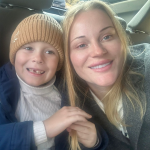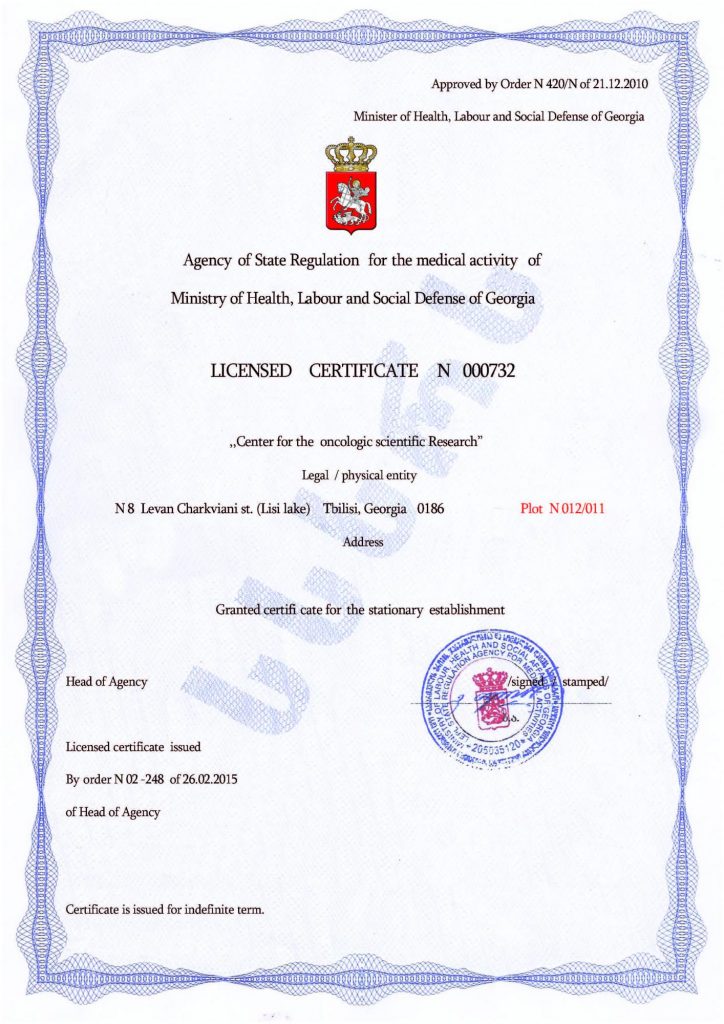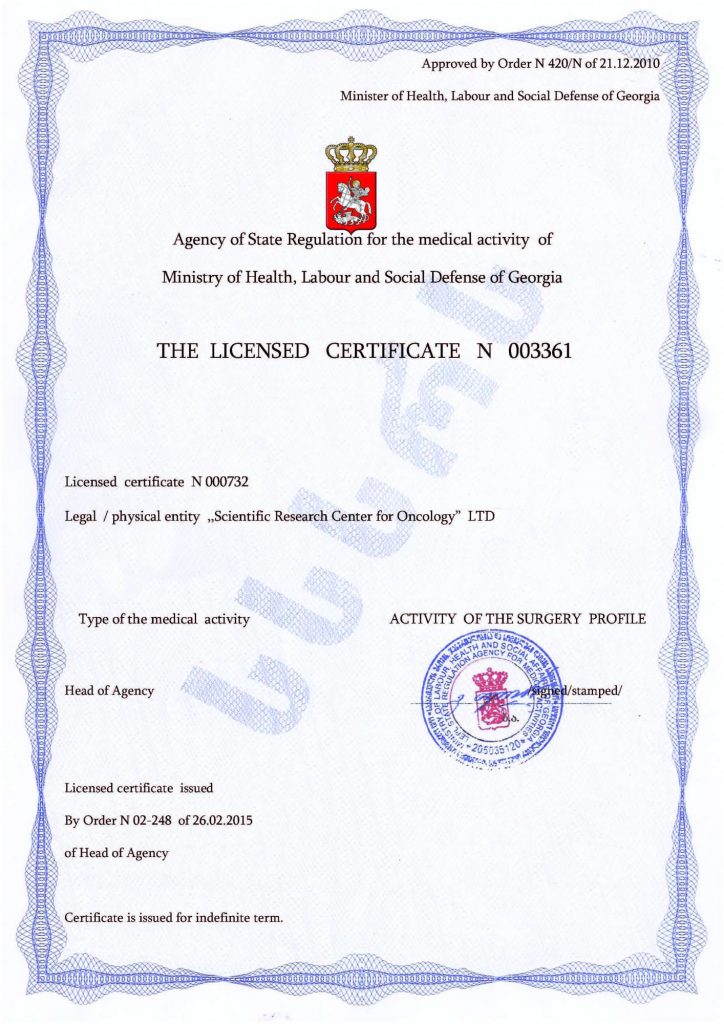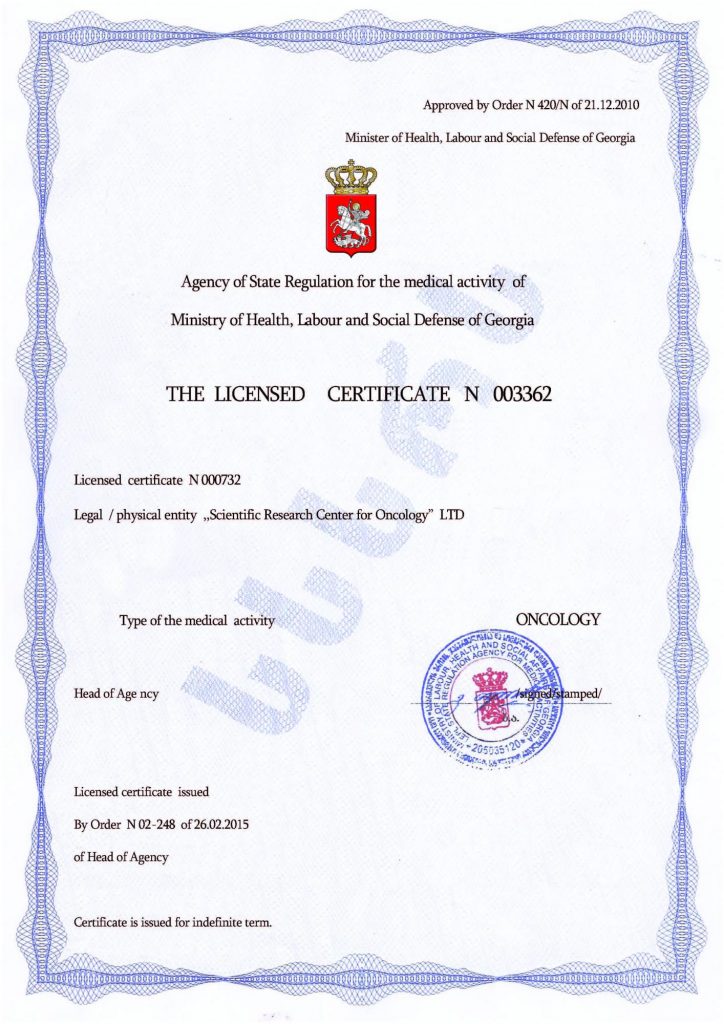Phaleristics for People with Autism: More Than Just a Hobby
Collecting orders, medals, other awards, badges, and similar items is known as phaleristics. It is a hobby enjoyed by many, regardless of whether or not they have neurodevelopmental disorders. However, autistic individuals often relate to collecting such items differently, with collections playing a more meaningful role than a typical hobby. This is linked to certain features of their thinking and perception.
- Need for Systematization and Cataloging
• People with autism often have a strong need to organize information.
• Phaleristics offers a clear structure: awards have specific parameters (year and country of issue, material, hierarchy, and other characteristics), allowing for the creation of catalogs and the classification of items. - Repetitive Patterns and Predictable Activity
• Collecting is a structured activity involving repeated actions (searching, sorting, studying).
• Many autistic individuals find comfort in repetitive tasks, and phaleristics allows them to explore details without the fear of unexpected changes. - Sensory Aspects
• Some people experience tactile hypersensitivity. Metal badges, medals, and orders may have a pleasing weight, texture, and temperature that trigger positive sensations, making them sensorially attractive. - Presence of Special Interests
• Many autistic individuals are drawn to intensive study of one or a few specific topics, while remaining indifferent to others.
• Phaleristics involves the study of history, heraldry, and symbolism, providing an opportunity to explore these knowledge areas in depth. - Visual Appeal and Symbolism
• Awards and badges often feature bright designs, clear lines, and symmetry — qualities that appeal to autistic individuals, who often process visual information better than verbal.
• Symbolism (coats of arms, emblems) can be analyzed in detail, which attracts those who feel a need to thoroughly understand things. - Learning About Social Norms and Rules
• Phaleristics is closely connected to history, military affairs, and heraldry — fields where factual accuracy and strict hierarchy are important.
• Autistic people often value systems with clear rules and no ambiguity. - Control and Sense of Safety
• A collection represents a personal space that one fully controls, reducing anxiety and increasing confidence.
• In a world that can seem chaotic and unpredictable, collecting provides a sense of stability.
Phaleristics attracts people with autism because it combines structure, sensory appeal, the opportunity for in-depth factual exploration, and the predictability of a clear system. This hobby allows them to focus on details while avoiding the uncertainty of social interaction. For many autistic individuals, another important benefit of phaleristics is the chance to develop communication skills — by connecting with like-minded people online and interacting in a structured, non-invasive way.
Of course, collecting awards or coins is not a symptom of autism, but rather an expression of personal interest that anyone may have. That’s why it is essential to address autism itself, so that individuals can develop to their full potential. This is an achievable goal when using the most effective method currently available — cell therapy, which enables rapid and lasting improvement in neurodevelopmental disorders.
This technology involves the transplantation of stem cells — the body’s fundamental “building blocks” that form all tissues and organs. They are taken from the patient, eliminating the risk of immune rejection. This method is not only the safest but also the most natural, as it stimulates the body’s own regenerative potential rather than relying on medications or psychological interventions. It is significantly more effective than traditional approaches because it targets the root disorder rather than masking its symptoms.
Once inside the body, stem cells begin transforming into other types of cells and replace damaged ones with healthy equivalents. This process leads to normalization of brain and nervous system functions, behavioral stabilization, accelerated development, and a reduction — or complete disappearance — of autism symptoms. The effect is noticeable within a short period and often lasts for many years, or even for life, enhancing the effectiveness of all other supportive therapies.
The advantages of cell therapy have been widely recognized. It has earned broad acceptance and may become the primary method for treating autism and its symptoms in the future. For now, it is practiced only in a few advanced clinics around the world, where both qualified specialists and high-tech equipment are available. Among them is the Mardaleishvili Medical Center, where physicians have accumulated extensive experience with successful stem cell transplantation, supported by the latest generation of medical equipment. The quality of treatment meets the highest international standards, while the cost remains lower than in other countries with developed healthcare systems. Additionally, clinic staff assist with travel planning and practical matters such as accommodation during the rehabilitation period.
Cell therapy — a chance to fight autism in a comprehensive and effective way!
Autism Treatment Center Videos
Autism treatment with own stem cells
Cord blood association congress
International Quality Crown
Autism Treatment Reviews
Autism treatment with own stem cells
The story of Alessandro (6 years old)
Autism Patient Testimonial - Stem Cell Treatment
Clients Testimonials

Review by Anastasia, mother of Yusup (8 years old) Read More

Feedback from Nathalie, mother of Andre (9 years old) Read More

Feedback from Yulia, mother of Emily (7 years old) Read More

Feedback by Everita, Katrina’s mother (5 years old) Read More
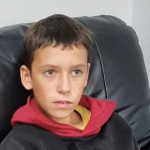
Feedback from Igor, David’s father (12 years old) Read More
